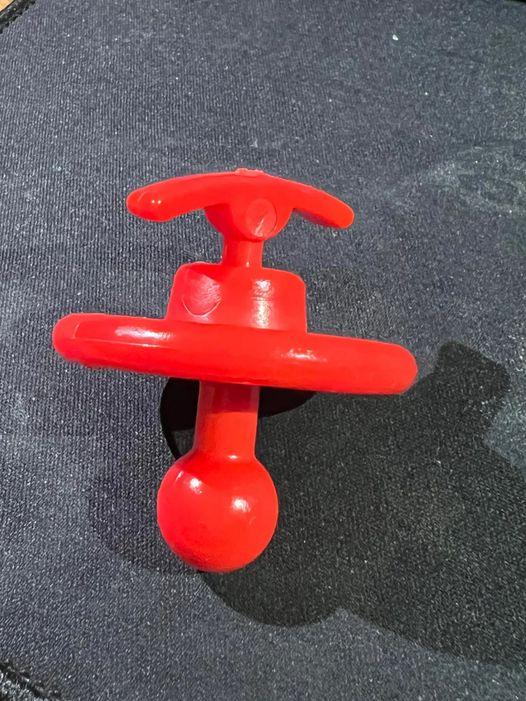A wonderful tool for keeping the kids entertained while they explore new things
History of the Drain Plug for Toy Sinks
The drain plug, a small yet essential component of any sink, has its origins in the early days of plumbing and water management. As household plumbing systems evolved in the 19th and 20th centuries, the inclusion of functional and decorative elements in sinks became more common. This trend eventually extended to children’s toys, with the introduction of miniature versions of household items for play. Toy sinks, complete with working faucets and drain plugs, emerged as a way to mimic adult environments, allowing children to engage in imaginative play and learn about daily household tasks.
Toy manufacturers recognized the educational value of such toys, and by the mid-20th century, toy sinks with realistic features became popular. The drain plug, typically a small rubber or plastic stopper, allowed children to fill the sink with water and then release it, simulating the real-life experience of using a sink. This feature not only added to the realism but also provided an engaging and interactive element to playtime.
Usage of the Drain Plug in Toy Sinks
The primary function of the drain plug in a toy sink is to control the flow of water, much like its real-life counterpart. Here’s how it works:
- Filling the Sink: Children can insert the drain plug into the sink’s drain hole to prevent water from flowing out. This allows them to fill the sink with water for washing toy dishes, hands, or other play items.
- Engaging Play: The ability to fill and empty the sink with water adds a tactile and sensory dimension to play. It helps children understand concepts of volume, water displacement, and basic water management.
- Learning Responsibility: By using the drain plug, children learn about the importance of water conservation and hygiene practices, as they mimic adult behaviors in a controlled, playful environment.
- Developing Motor Skills: Manipulating the drain plug, turning the faucet, and handling water all contribute to the development of fine motor skills and hand-eye coordination.
Legacy of the Drain Plug in Toy Sinks
The legacy of the drain plug in toy sinks is multifaceted, reflecting its impact on childhood development, education, and the toy industry:
- Educational Value: Toy sinks with drain plugs have been instrumental in teaching children about everyday tasks and responsibilities. They offer a hands-on way to learn about water use and basic plumbing principles.
- Imaginative Play: These toys encourage imaginative play, allowing children to create scenarios and role-play as adults. This form of play is crucial for cognitive and social development.
- Product Development: The success of toy sinks with drain plugs has influenced the design of other educational toys, promoting the inclusion of realistic, functional features in children’s toys. This trend continues today, with many toys designed to be both fun and educational.
- Nostalgia and Collectability: Vintage toy sinks with drain plugs have become collectible items, cherished by those who played with them in their childhood. They evoke nostalgia and represent a simpler time in toy manufacturing and design.
In conclusion, the drain plug for a toy sink, though small, has played a significant role in children’s play and learning. Its history reflects broader trends in toy design and educational tools, while its continued presence in modern toys speaks to its enduring value in fostering imaginative and educational play.






